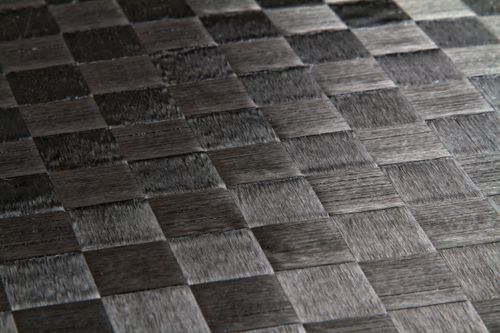In unsupported ultradistance cycling events and in off-road bikepacking often enough we rely on very robust and often heavier parts in fear of them breaking and leaving us stranded in the middle of nowhere. There is no worse feeling than having a mechanical you just can't fix. Best case this will cause a huge delay or end you trip/event. Worst case however, this will threaten your life if you crash because of failure or if you are far away from civilisation.
I personally never used carbon wheels for that reason. Until last year when I had the chance to try a special pair of wheels which are made of carbon and innegra. A plastic composite that prevents the carbon from breaking fatally when things go take a wrong turn. I was skeptical though: The company offering them might sound familiar if you are from the bikepacking world:
KLITE are an australian company building hands down the best dynamo lights and charging solutions on the market. I couldn't see any relation to carbon manufacturing though. How does Kerry suddenly know how to build carbon wheels? Of course I had to ask and reassure. The stats sounded too good to be true. 1895g for the pair including the dynamo. Improved shock absorption through the wheels and the statement that those wheels are so strong you don't need to worry about taking a hit. Wow.
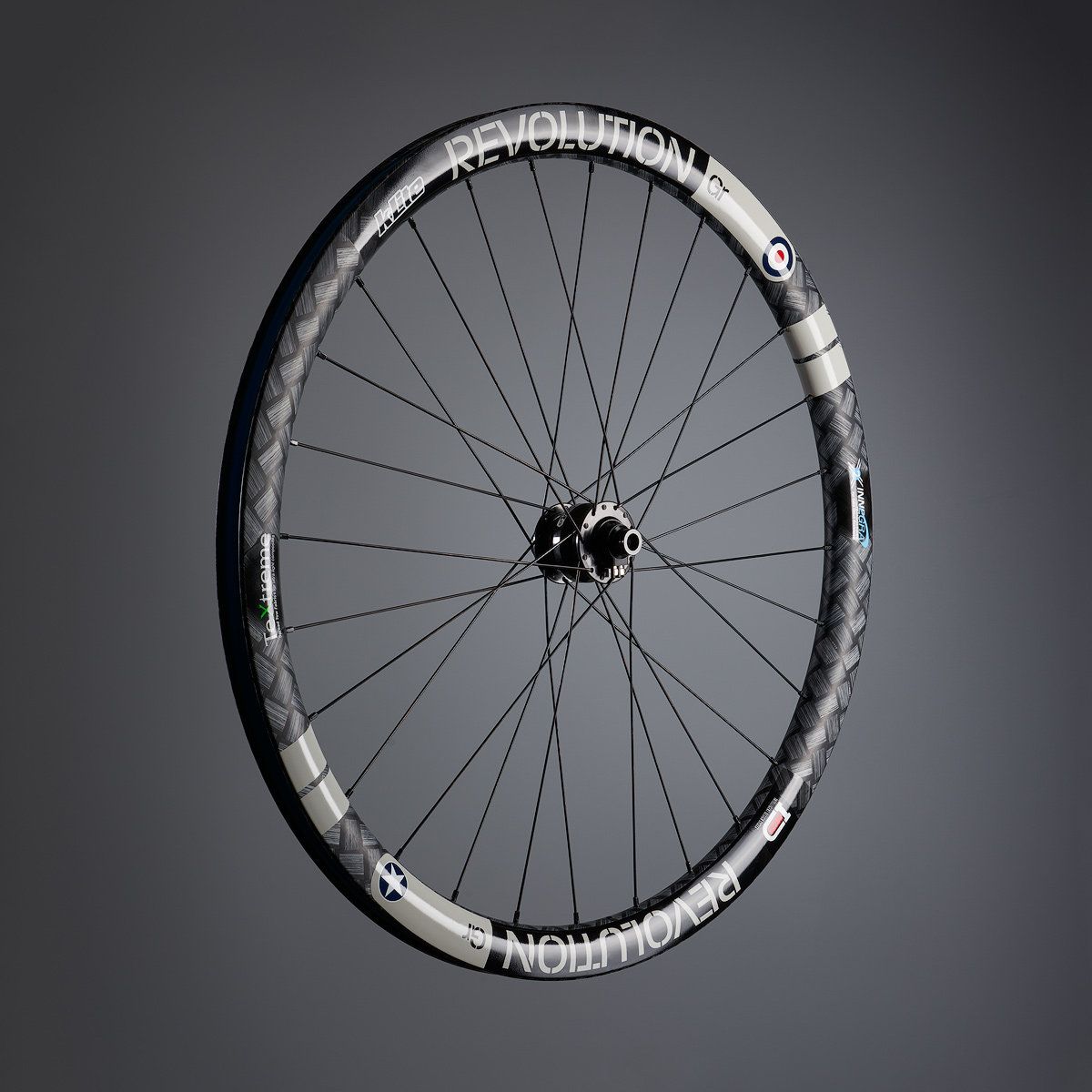
"So Kerry are you starting carbon manufacturing in your garage now?"
- "Haha no mate, we partnered up with Intelligent Design Cycles for the carbon manufacturing. Go ahead and ask Charles Tsai all the questions you have about those wheels."
So I did! Charles is an entrepreneur in the cycling industry based in Taiwan where he founded Intelligent Design Cycles. With all the graphs and numbers he sent me about the Wheels and the material I got very interested. It was my first ever dive that deep into carbon and into its physical abilities.
After Charles convinced me I rode the Silkroad Mountainrace on the wheels and finished 9th position just under 10 days. That being sad later last year I cracked my rear wheel in the Pyrenees on a ride with James Hayden. To my surprise I was able to ride back to the Hotel 40 kilometres and on rough terrain without any issues.
Again I got to talk to Charles and had some incredible insights. I decided I wanted to do an "Ask A Pro" with him. He agreed on answering my questions with very interesting insights, however he did not want his portrait to be included for the interview. Fair enough. I leave it to your imagination to picture Charles.
Enough intro! Did you ever wonder what Carbon materials really are made of? Did you wonder if they are safe to ride off-road? Do you wonder what the future of carbon ist or if other materials and technologies will take over? Here you go.
Charles, tell us about yourself and why should we listen to you as an expert on carbon manufacturing?
As a former international policy economist turned bike industry entrepreneur, I would not pretend to have engineering-related expertise in carbon manufacturing. For this project, however, I relied on the expertise of a senior industry specialist and OEM producer. This carbon manufacturing specialist has dedicated over a decade to designing and producing elite-level carbon rims, wheelsets and frames. I vividly recall during one of my early visits to his facility seeing an eye-popping inventory of carbon frames produced for an array of the prestigious Italian and international brands all casually hanging aside one another on racks in preparation for packing and delivery to his customers.
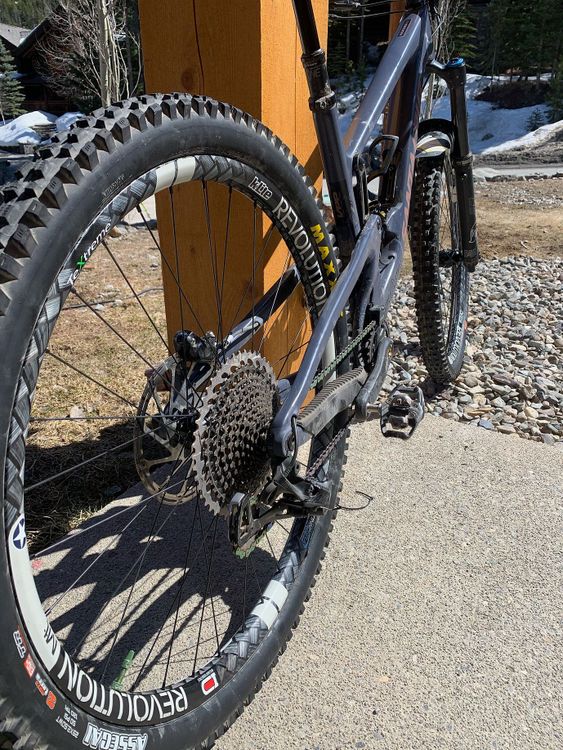
Wow, ok we know the products you deliver are not built in a backyard garage. However, I'm sure you know the material you are working with. Carbon. We talk about Carbon wheels, frames and more. But what does the carbon we talk about consist of?
Admittedly not an expert, my understanding is that carbon fiber parts are produced by layering sheets of carbon fiber into a mold that is then injected with a resin (most commonly epoxy), which suspends the sheets of carbon in place and forms the final product. The sheets of carbon fiber - which must each be trimmed to the shape of the mold - in turn, reduce weight while providing strength and rigidity to the final product beyond what resin alone could achieve.
The factors resulting in the high cost of carbon fiber parts relative to those made of other materials are myriad. To date, most processes in carbon manufacturing have not been automatable and must still be carried out by hand. The technicians carrying out the process must be both skilled and experienced as a single misalignment of carbon fiber sheeting or incomplete injection of resin at the corner of a mold might lead to a rejected part. And, unlike metal parts, defective carbon fiber parts cannot be easily recycled.
For those interested, a more technical explanation of the process can be found here.

Physicists praise carbon as one of the most stiff materials on our planet. While being that, it’s also one of the lightest materials we use to build components. How come, we see carbon break fatally like the Shimano Dura-Ace wheels of Team Jumbo-Vista in Paris Roubaix a few weeks ago?
Thanks for sharing information on this event, which I was previously unaware of. The videos of the "folding" rims are reminiscent - but not as dramatic - as the catastrophic carbon fiber frame "explosions" that could be found on YouTube prior to the introduction of the mandatory 6.8 kg bike weight introduced by the UCI in 2000. Carbon fiber has a high strength to weight ratio but as with all materials, the less material you use to reduce weight, the higher the chance of failure. Most producers design wheelsets with a wide margin of safety under "intended use" conditions.
Is this a fault of the manufacturer or a “user fault”? And if so what can the manufacturers and the users (e.g. us riders) do to safe our carbon parts?
In this case, reports indicate that both failures resulted from riders riding on flat tubular tires under race conditions over the famously punishing cobblestone roads that are the reason for this race in the first place. Although failure of carbon wheels is normally unlikely when riding on flatted tubular wheels on average roads, cobblestones ridden by unnaturally powerful athletes at race speeds are unlikely to fall within the "intended use" conditions that these wheels were designed for.
Put another way, I am confident that manufacturers could design a carbon wheelset specifically to survive the entire course of the Paris Roubaix at race speeds and even with flatted tubulars ... but I doubt any team would be interested in riding such carbon fiber tractor wheelsets 😉.
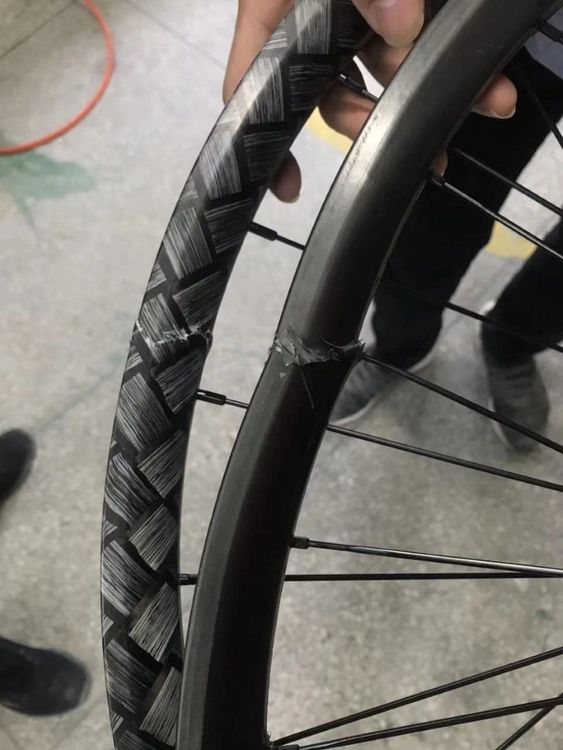
Is it safe to ride carbon parts like wheels especially in bikepacking events and in rough events off-road or should we rely on heavier metal based components?
I think this is a question that must be answered by specific athletes taking into account their individual riding styles and course profiles. The reality is that carbon fiber components can be designed to be many times more robust than their metal counterparts. Metal components can similarly be designed to be many times more robust than currently available ones by adding material. Clearly, the weight of the athlete is also important 😉.
Together with K-Lite you launched a set of wheels that are fairly light but also have 2 layers of Innegra as a reinforcement. What is Innegra and how does it help the ability of your wheels?
Innegra is a carbon fiber material with mechanical properties very different from standard or even high-end carbon fiber. It has extremely high tensile strength meaning that, when subject to overwhelming mechanical force, it will stretch, bend and not tear where standard carbon fiber simply breaks. I highly recommend the YouTube video below for illustration. manually demonstrating the mechanical properties of Innegra. The demonstration consists of three credit card size samples of 1) standard carbon fiber, 2) standard carbon fiber sandwiching Innegra and 3) Innegra sandwiching standard carbon fiber that are bent in half multiple times. In the first test, standard carbon fiber simply breaks into two pieces. In the second test, the outer layers of standard carbon fiber break while the middle Innegra layer remains intact behaving like an active hinge. In the final example, the two layers of Innegra fabric sandwiching standard carbon fiber simply bend repeatedly with no noticeable damage on the surface of the card - aside from structural deformation. One only assumes that the standard carbon fiber section in the middle is shattered, but with the bits held in place by the outer layers of Innegra.
The final card is the inspiration for our carbon wheels which have two layers of Innegra on the outside and the inner surface of the rims. Other brands of rims incorporating Innegra exist on the market (normally on the outer layer), but our producer has confirmed that the IDC/k-Lite Revolution rims are the only ones they are aware of incorporating both inner and outer layers of - painfully expensive - Innegra material.
What surprises me though is that I never heard of Innegra before. Why didn’t the industry already pick up materials like innegra to change the behaviour of carbon parts? Do you think this will change in the near future?
Established brands are generally conservative and adopt a "wait and see" attitude when new materials come on the market. And this is for good reason as many "wonder" materials fail to yield significant performance advantages under real-world use conditions. Perhaps more importantly, Innegra is ridiculously expensive and if major brands began using this material in their rims - their RRP prices would likely be double to triple ours. Finally, the Innegra material has more exacting manufacturing requirements and specifications compared to standard carbon fiber. Our OEM producer has a long-established (personal) relationship with the producers of Innegra and has received comprehensive technical support to incorporate Innegra-specific manufacturing processes within their workflows. Any new producer using Innegra would similarly need to undertake costly and time-consuming investments to revamp their manufacturing processes.
If products incorporating Innegra perform as our testing has so far suggested, I have little doubt that products incorporating Innegra or some material with similar properties will increasingly appear in elite-level products within the market.
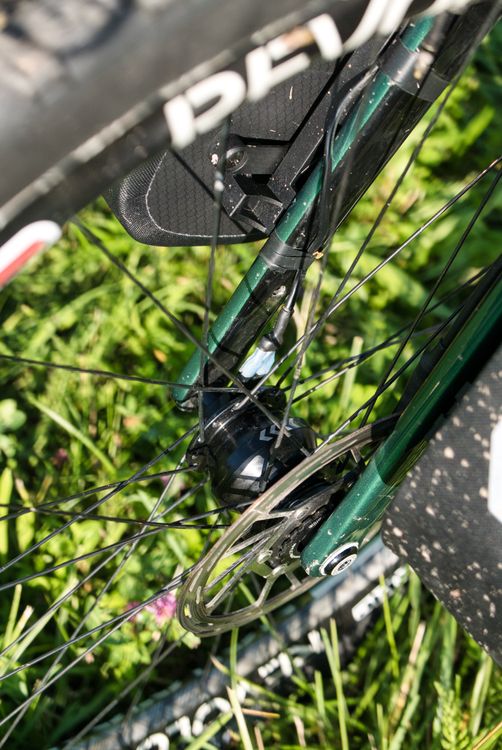
I managed to break one of your wheels, regardless. Not a fatal failure, but still, standing in the wild, looking at a crack in my rim. What should you do in this moment? Is it safe to ride home?
A producer can never officially recommend riding on a compromised product due to liability concerns. So IDC does not recommend riding on any compromised rim and users choosing to do so are doing so entirely at their own risk.
That said, confronted with the crack you experienced on our two-layer Innegra rim, I as a private individual would be confident to ride home but would certainly seek to limit speeds to those where I knew I could safely manage a sudden rim collapse. So NO high-speed mountain descents with loaded panniers 😉! Of course, I would certainly hesitate to ride a compromised standard carbon rim because cracks in carbon will worsen under use holding out the real possibility of sudden collapse as experienced in the Paris Roubaix events. I am more confident with our two-layer Innegra (outer and inner layers) design as the Innegra layers are less likely to be compromised as demonstrated in the YouTube video indicated above, and thus less likely to suffer sudden catastrophic failure as a result.
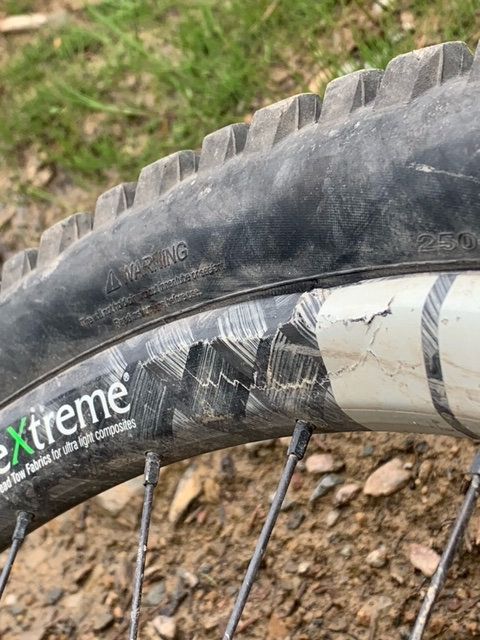
We did ask our expert tester Michael Brush from our "Ride to Catastrophe Project" specifically to continue riding his compromised wheel which was more severely damaged than yours (see photos) and this was his evaluation:
I was able to put a tube in the rear wheel this week and take it for a ride. I rode it as I usually would on a pretty technical 15km ride with a lot of race speed downhill. The wheel held up great and held pressure the entire ride (28PSI). It also still spins pretty true so that was sweet to see. I even hit a decent size rock and heard contact with the rim and it had no issues. I will continue to ride on it this week and see how it goes. Just from my initial ride I think you could be safe to say it would get you out of the bush on a longer adventure ride as the terrain I was riding was probably more rugged and rocky/rooty than the normal adventure ride.
We were also contacted by some dude named Jason English who had emailed us some 1000 kms after cracking his rims:
I have possibly done 1000km since the rims have cracked. They are great!
I have a 250km 500km and 1000km race over the next couple of months so I hope they last the distance.
Needless to say, we have already sent him a replacement wheelset. He later also shared with us that he is confident enough in the compromised rims to continue using them for training.
So we continue our ongoing project to accumulate data on the safety of our wheels once compromised.
Once again, IDC does not recommend riding on compromised rims, and those that do so are doing so at their own risk.
But reports from the field do give us confidence that our wheelsets may help "get you out of the bush" when standard carbon wheels and perhaps even aluminum ones might not.

What do you think does the future hold for us in regard of materials, abilities of components and the development of carbon and other lightweight materials?
For the category of users that can afford products produced with Innegra, our experience to date is that Innegra is not only functionally different from standard carbon fiber but also "useful" under real-world circumstances. I am currently unaware of any new materials that hold the possibility of such significant utility enhancement over currently existing products under real-world use conditions.
Would you agree or disagree with the sentence “Carbon is expensive plastic.”? Why do people come up with this sentence and how could we reduce the amount of plastic used?
My view is that the answer is both yes and no. Yes, because both plastic and carbon fiber are both petroleum byproducts. And no, because the production processes are very different. Put another way, if plastic could achieve the performance characteristics of carbon fiber, no one would go through the complicated and expensive process of producing it. This is - of course - because no consumer would pay high prices for carbon fiber products when plastic alternatives achieving similar strength/weight ratios could be purchased more cheaply. Similarly, the amount of plastic or other materials used depends on the application e.g. a road race on perfect surfaces vs the Tour Divide course.

Ok, you are hard on me here. Let's put it another way: Could carbon materials ever be recyclable?
It is possible but not currently commercially viable (at present). Separating resin from the carbon fiber is chemically intensive and more expensive than the value of potentially extracted carbon fiber. Here is what my producer said about the topic:
Significant strides are being made in responsible recycling of composites - But most specifically uncured composites left over from manufacturing processes like aviation. Taking the cured resin out of composite products like bicycle frames, forks and wheel rims is still not commercially viable on a small scale. Certain brands like TREK are taking back old products and claim to be recycling them in to a usable raw material (chopped matting fiber) - But there are still very few industrial sites capable of doing so. The process usually requires heavy chemical use and/or high temperatures to burn-off the epoxy thermoset resins. So my best guess is that it's a technology in motion and possibly another 3 to 5 ears away commercially
However, there are some enterprises that "repurpose" carbon fiber like rockwest composites.
Regarding the future: Other than innegra, do you already see other trends in engineering or materials that will change the industry, like carbon did years ago, in the coming years?
I believe that 3d printing enabling custom frames and components based on individual anatomy holds promise. Imagine producing a frame and components for specific events or competitions. In terms of materials, it looks to me that graphene holds some promise for the next generation of strength/weight ratio improvements in high-performance bike products. If you are interested read more here.
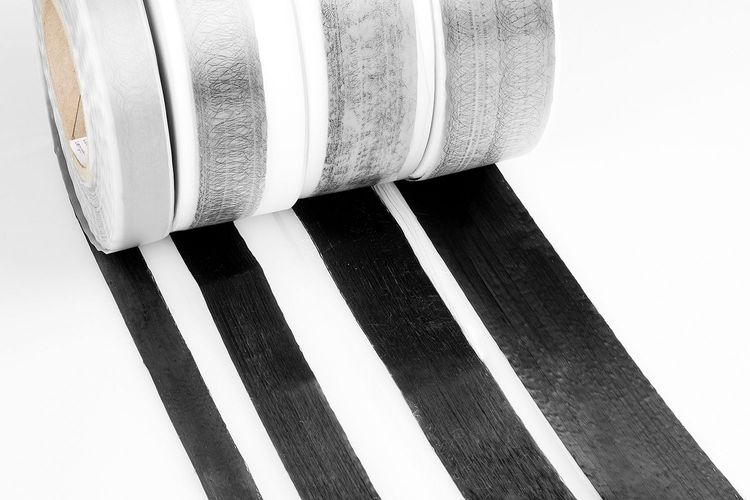
Thank you to TeXtreme® and KLite Dynamo Lights for some additional pictures!
Uff, that was truly a tough interview. Charles chose his answers very careful but I am sure there is quite some good information for you in here. Over the course of researching this article i learned a lot about carbon and it's manufacturing. I feel way more confident in the materials I am riding as I know how they are designed and what properties they have. A lot of the fear of breaking your carbon fiber components comes from not knowing what it can handle. Thank you Charles for enduring all of the questions and giving us an insight. Should we go deeper and provide some more nerdy details on abilities strength diagrams and the carbon industry? Let us know and we will get after it!

